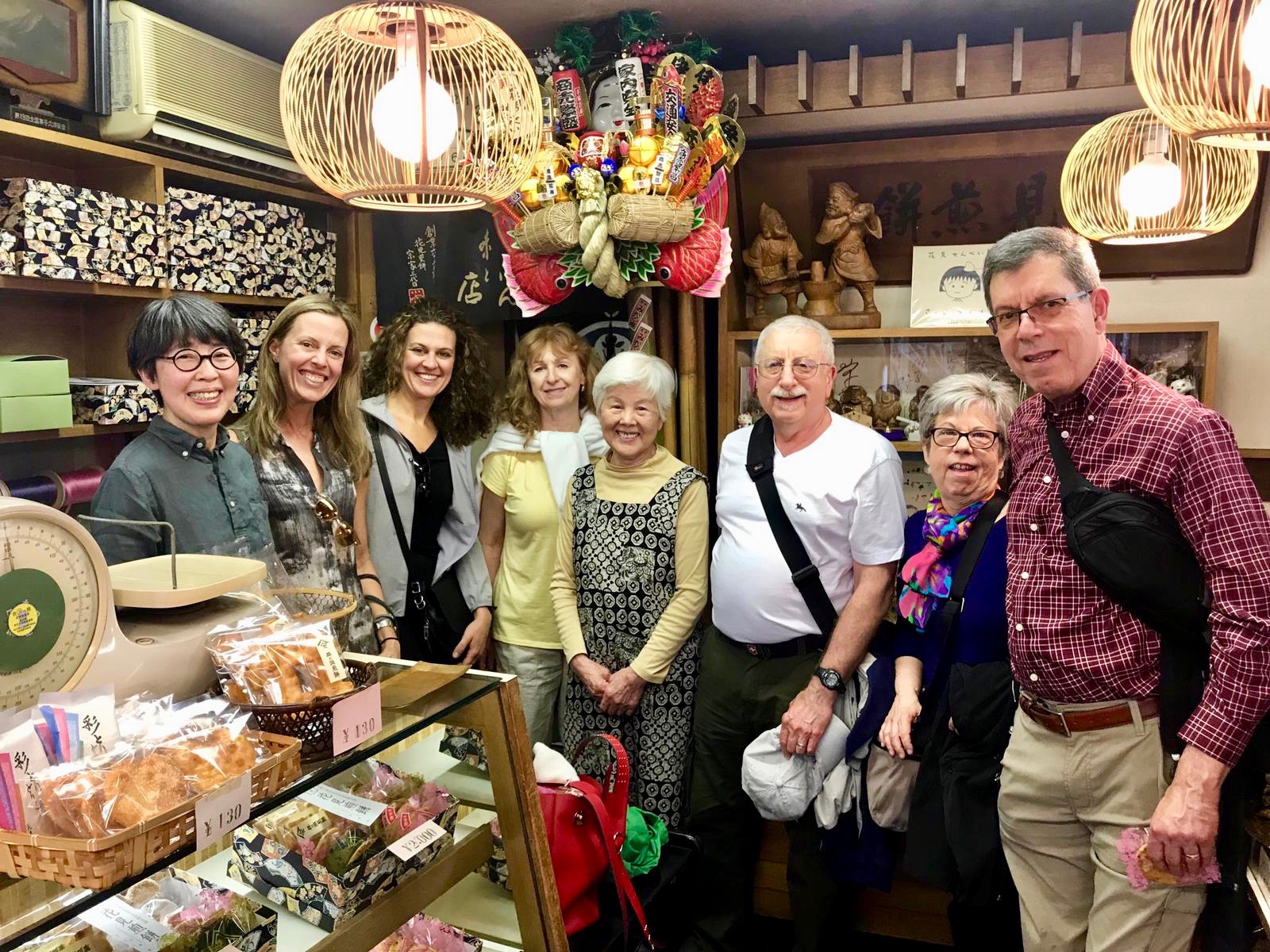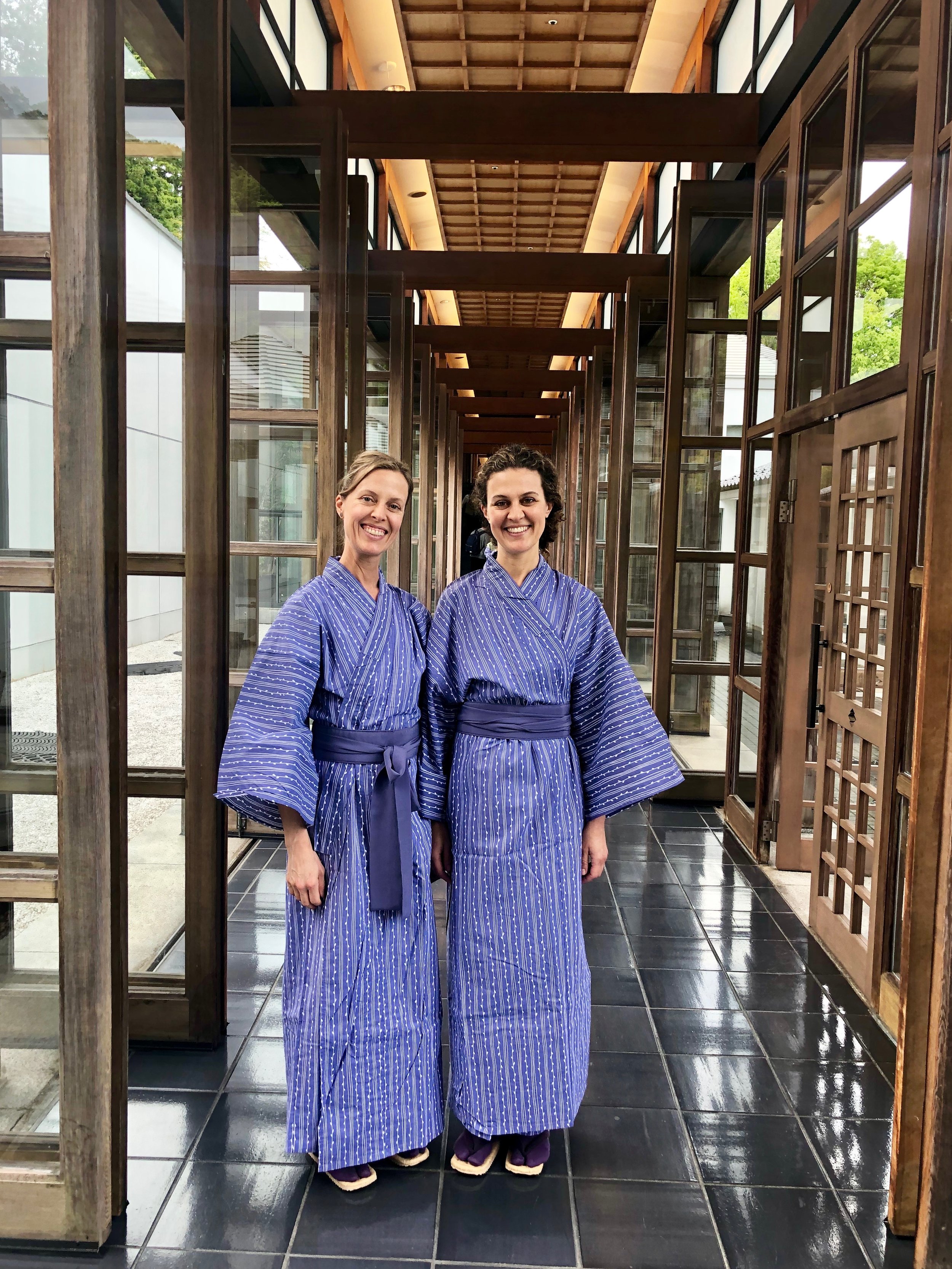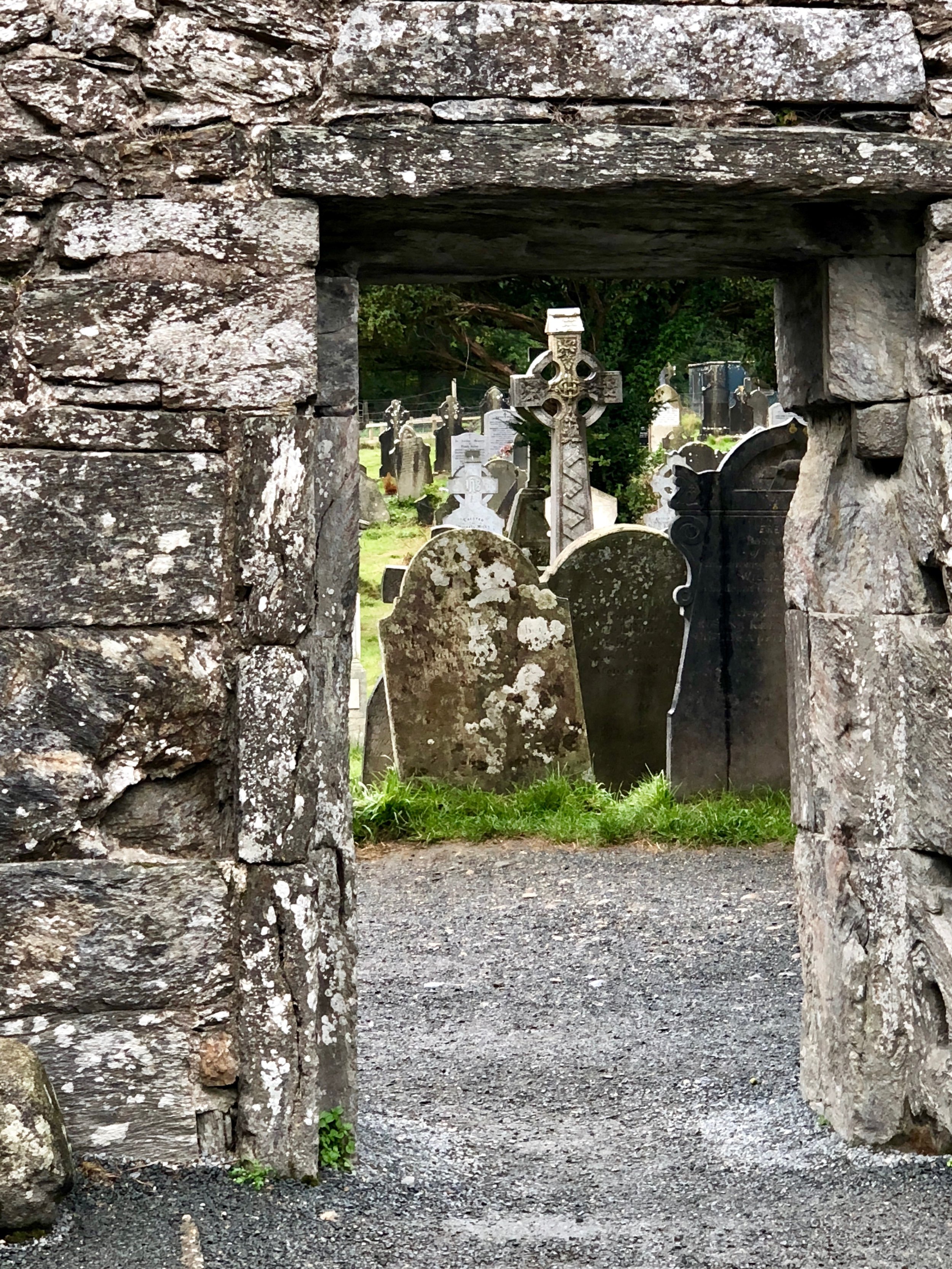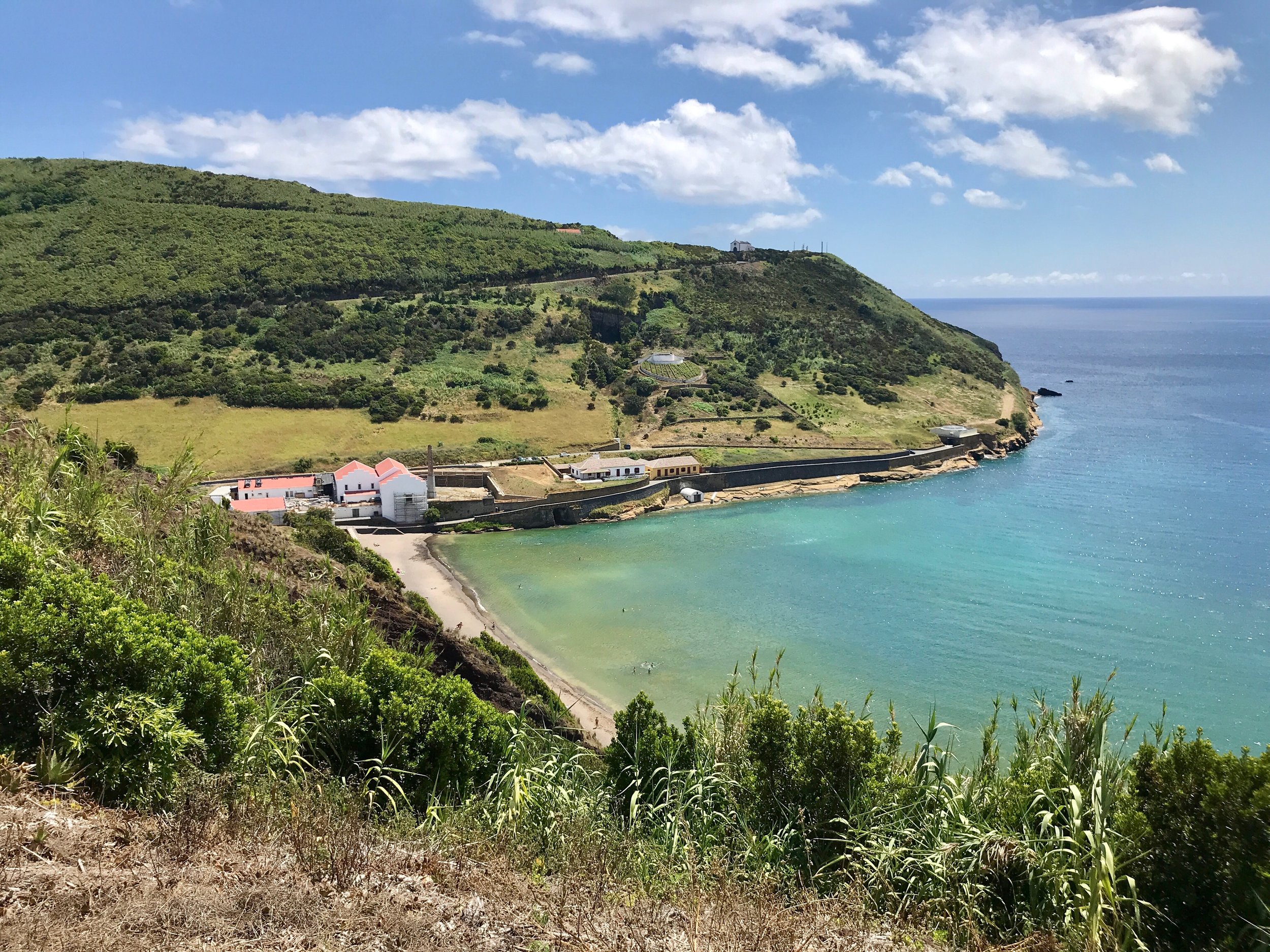I had been to Kyoto in 2012, so was really looking forward to going back and seeing more of this wonderful country. And I was not disappointed. This time my partner in crime was my sister Gabi celebrating her 40th birthday.
What is so fascinating about Japan is the juxtaposition of the past/ritual/decorum and innovation. They look to the future while respecting & honoring the past. Everything was so functional, so funny and so foreign!
Here’s a quick list of great memories & amazing facts before I describe our itinerary, stop-by-stop:
1. It’s almost impossible to find a trash bin on the streets or public spaces like a train station for example, yet, everywhere is so clean. You will never find trash on the ground.
2. The famous Japanese toilets are as entertaining as ever. They are warm, spray front and rear and play music. In particular ocean sounds in public toilets!
3. Japanese don’t use napkins, so you will never be given a napkin at a restaurant. Only a wet towel in the beginning of your meal.
4. The Japanese people still don’t speak a lot of English and the translations on signs are beyond hilarious. Here’s one in a department store bathroom: “Excrement, vomit, water, anything other than toilet paper, do not shed”. And the bottle of room spray in my hotel room: “It is a deodorant spray of an effective professional specification to the anxious smell”. It cracked me up :-)
5. They love packaging. Everything is beautifully packaged, even the single banana you will buy at a 7Eleven. It’s a culture where gifting is very important and they place a lot of emphasis on presentation. Just not sure what they do with all the trash from this in this day and age, where we should be reducing the use of plastic!
6. They walk so fast! I’m a fast walker but good luck trying try to keep up with them. A gentleman at Tokyo station noticed Gabi and I trying to figure out where to go to get our train and without barely speaking English, he went out of his way for at least 5 minutes, to bring us to the exact platform we had to be at. What a kind gesture! And he walked fast in that station…..Gabi and I felt we had to speed-walk rolling our suitcases to follow him! He was not the first or last person to assist us. We saw a pair dressed with volunteer t-shirts & hats holding a folder packed with maps. As we asked for directions, they promptly walked us to where we wanted to go about 10mins away.
7. You better like fish and rice, because man oh man, you will eat a LOT of that. Gabi had PTSD – post traumatic sushi disorder – by the end of our trip :-)
8. Men love wearing purses. And I do mean purses! And these are businessmen wearing suits.
9. There’s no traffic anywhere. Even at rush hour. Streets might have a lot of cars, but they move along and you will never hear honking. It’s so civilized!
10. Kids, as young as 6 years old, go to school on their own. You will recognize them with their adorable uniforms with white hats and boxy leather backpacks – red for girls and black for boys – walking around train stations & sidewalks. It’s adorable! Japan is considered very safe even in big cities such as Tokyo.
11. You will see shrines & temples absolutely everywhere! Shrines are Shinto and temples Buddhist. The best way to tell the difference is that shrines usually have a large red gate (torii) at the entrance, guarded by a fox, dog or another animal, and a water basin where visitors wash their hands and mouth before entering. Temples tend to be a more reserved in color on the outside and the interior is often filled with ornate gold statues dedicated to the Buddha. There is usually a large incense burner out front for purification. At temples people pray silently but at shrines they must ring a bell and clap their hands to awaken the gods.
Both belief systems coexist beautifully in Japan and most Japanese practice both. There’s a saying that “Japanese are born Shinto (living spirits take care of one’s life) and die Buddhist (cycle of death and rebirth until the individual achieves enlightment – takes care of the afterlife)”. You see, it’s pretty convenient to be born Shinto but die Buddhist :-)
TOKYO
Tokyo is fantastic! While it is a massive city, it is so clean, relatively quiet, extremely civilized and once in a residential neighborhood, you might as well be in a small town. I had never been to a metropolis that while so stimulating, was not overwhelming; while packed with people, felt tranquil.
TO DO Yoyogi-koen Park & Meiji-jingu Shrine [start your day walking around this beautiful & lively park and make a stop at the famous Meiji Shrine next door] Omotesando Boulevard [from the park, wander down Omotesando, a wide, tree-lined boulevard with high-end fashion stores on both sides, great modern architecture, and fun for people watching. Don’t miss the charming side streets, full of lovely boutiques and cafes] Aoyama [look for Blue Bottle Coffee Shop, a legendary California coffee brand, in one of the back streets, and you will find a very modern space with a Japanese vibe and lines out the door. Don’t miss the really charming café next door and behind it a food court made of containers, quite hip and young. Also the Nezu Museum set in a beautiful garden with a glass box café is nearby] Shibuya [which isn't that special a part of the city – a little seedy - but it is worth seeing the crosswalks in front of the Shibuya station and the mass of humanity that politely crosses the enormous intersection with extreme civility. If you go to the rooftop of the Magnet building, you will get a bird’s eye view of the crosswalk. Also make sure to check out this store that will give you a glimpse into the young adult fashion trends in Japan. Take the stairs instead of the elevator so you can see all the mural art] Ginza [shopping district that showcases various types of modern architecture, fun shops and bars, and overall exciting vibe] Yayoi Kusama Museum [while I really admire her work, the museum was a bit disappointing; really small, not much to see and lacking on the dots, which is what Yayoi’s work is mostly famous for. I would skip it but thought I would mention so you spend your time elsewhere] Mori Digital Art Museum [I wish we had gone to this museum instead!! Book tickets ahead of time] WALK [if you are able walk everywhere. My sister and I walked 6-8hrs a day and that’s how you really get to see and experience a city]
STAY Trunk Hotel [great boutique hotel where I would have liked to stay but was sold out] Granbell Asakusa [where we actually stayed; nothing super special, but nice enough, great location and price]
EAT Tokyu Foodshow [located in the basement of the Tokyu Department Store next to the east exit of Shibuya Station, this food hall is amazing with a great selection of fresh fish, meat, produce and prepared foods of all kinds - tonkatsu, sushi, grilled chicken, tofu products, pickles, deli salads, and all kinds of bento boxes. Do not miss it!] Yurakucho District [lively restaurant district built up under the brick arches beneath the elevated train tracks - Gado-shita. It occupies all of the free space under nearly 700 meters of track on both sides of Yurakucho Station. Many of the eateries under the train tracks are authentic izakaya – Japanese tapas - and yakitori – grilled chicken skewers - joints] Bird Land [is a one-Michelin starred yakitori place located in the basement of the Ginza subway station in Tokyo. It sits across the corridor from its more famous neighbor, Sukiyabashi Jiro, which I will talk about next. Bird Land is loud, smoky, and crowded. Fun & good food] Sukiyabashi Jiro [made famous by the Netflix documentary “Jiro Dreams of Sushi”, this 3-star Michelin restaurant was a major disappointment. Making reservations was not easy, and the whole meal was 20-minutes long, without exaggeration. We had to eat pretty much one nigiri per minute, and while it sounds like plenty of time, try doing it!! You are supposed to eat each nigiri within a minute of it being placed on your plate, otherwise the rice starts to come apart due to the sauce that is slightly brushed over the fish. We were out of the restaurant at 5.50pm, each person $400 poorer (no alcohol included) and there was not even a line of people waiting. Outrageous. I felt robbed!] Kaiseki Gi [while a bit out of the way, this restaurant specializes in soba noodles and was quite a nice meal. Very friendly staff] Pizza StudioTamaki [while it sounds crazy to look for pizza while in Japan, this place is apparently not to be missed. While we did not make it there, some people claim that the pizza here is better than in Italy!]
TOURS Food Tour: Culinary Backstreets - Tokyo Time Machine:Handmade To High Tech [once again Culinary Backstreets did not disappoint with its food tour. We started our tour at a depachika (department store food hall) in Shibuya, the epicenter of trendy Japan. We tasted traditional sushi, pickles, cakes, gyoza, etc. From there we boarded a train to Kichijoji, an outlying city only 15 minutes away that has successfully maintained its strong local identity. We got to sample fugu (the famous blow-fish that is extremely poisonous and only very well trained chefs can serve it), yakitori (mostly chicken skewers – every part you can imagine of a chicken is on a skewer!), wagyu beef balls, and traditional rice crackers at Hanami Senbei, a small factory at the back with a store upfront, where rice crackers are still produced in the traditional way by hand. The shop is run by mother and daughter and it was the highlight of our tour! Our time in Kichijoji ended at one of the quickly disappearing traditional yokocho drinking alleys to sample sake or beer at an izakaya, or Japanese gastropup] Tsukiji Market [we took a tour of what is left of the famous fish market in Tokyo. The original wholesale market, famous for the tuna auctions, has been moved to a new location and what is left is the outer market with wonderful stalls selling fresh seafood, spices, traditional snacks, knives, sake, teas, etc. It gives you a great insight into Japanese culture. There is a small part of the wholesale business remaining that serves the many local restaurants in the area, including very high end ones in Ginza. We took this tour with Japan Wonder Travel and while it is not highly recommended, it was a good enough 3-hr tour. We got to sample very fresh tuna sashimi, omelet - that is too sweet for me in Japan, sake and ended with lunch at a sushi restaurant nearby]























































































































































































































































































